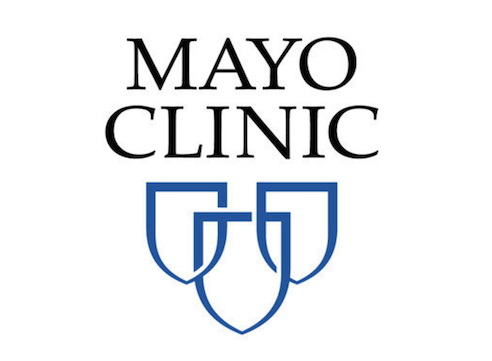
September 25, 2024- Leg pain and leg cramps aren’t always an orthopedic issue: Both can be signs of peripheral artery disease, or PAD, a serious blood-flow issue with implications for the heart. In peripheral artery disease, narrowed arteries reduce blood flow to the affected limbs. They do not get enough blood flow to keep up with the demand. It is important to manage PAD as early as possible. In the worst cases, PAD can progress to open sores that do not heal, causing tissue death and limb loss.
Common symptoms include leg pain or cramps while walking and small sores on the feet that do not heal, according to Mayo Clinic’s Dr. Young Erben. Your first inclination might be to think of these as small things to ignore, but it is best to bring up these symptoms with your healthcare team.
Treatment depends on where someone is on the spectrum. Early on the spectrum, treatment typically includes:
- Addressing risk factors for peripheral artery disease such as high blood pressure, high cholesterol, diabetes, obesity and smoking.
- Screening for additional blood-flow problems, such as coronary artery disease, may be needed.
- Developing a walking program — typically involving time on a treadmill — that the patient can pursue at home or with a physical therapist or trainer.
